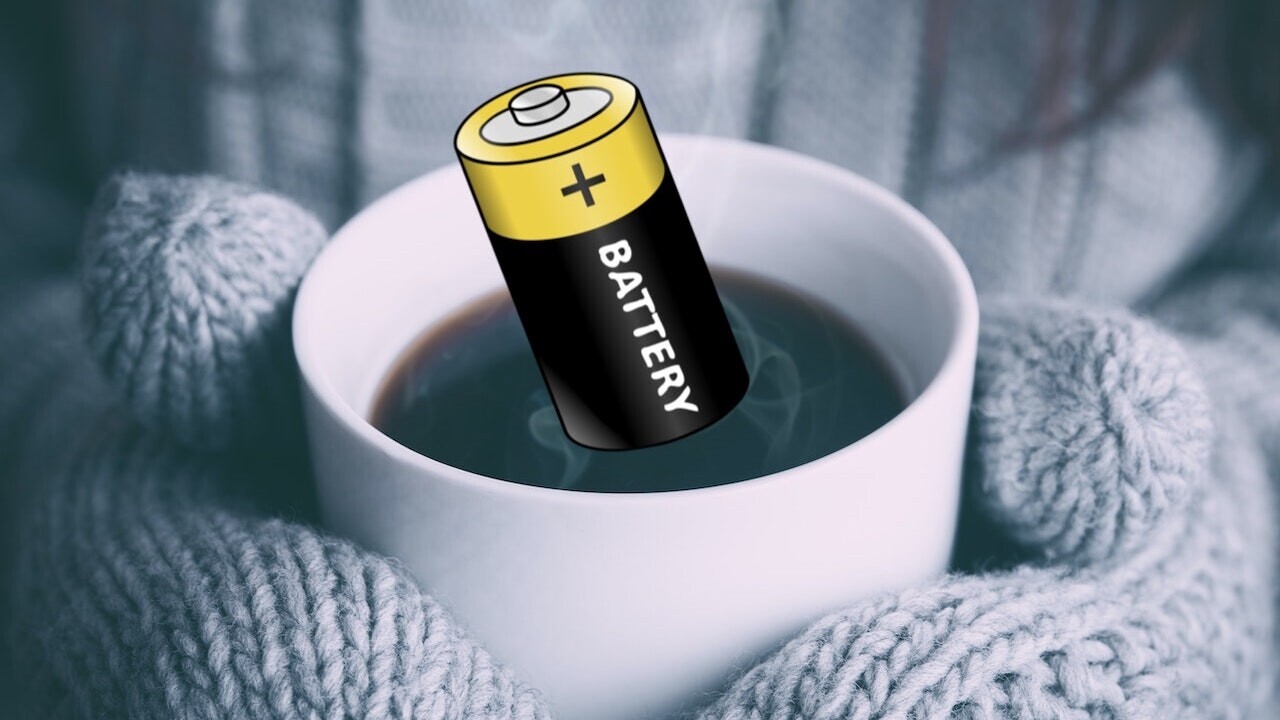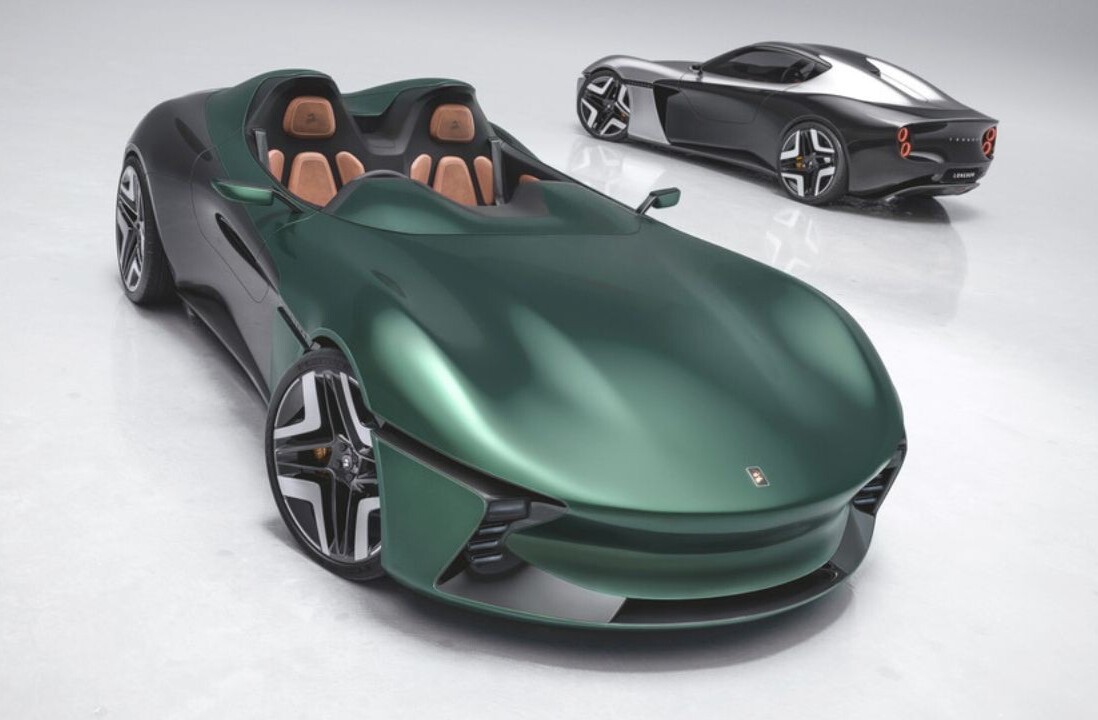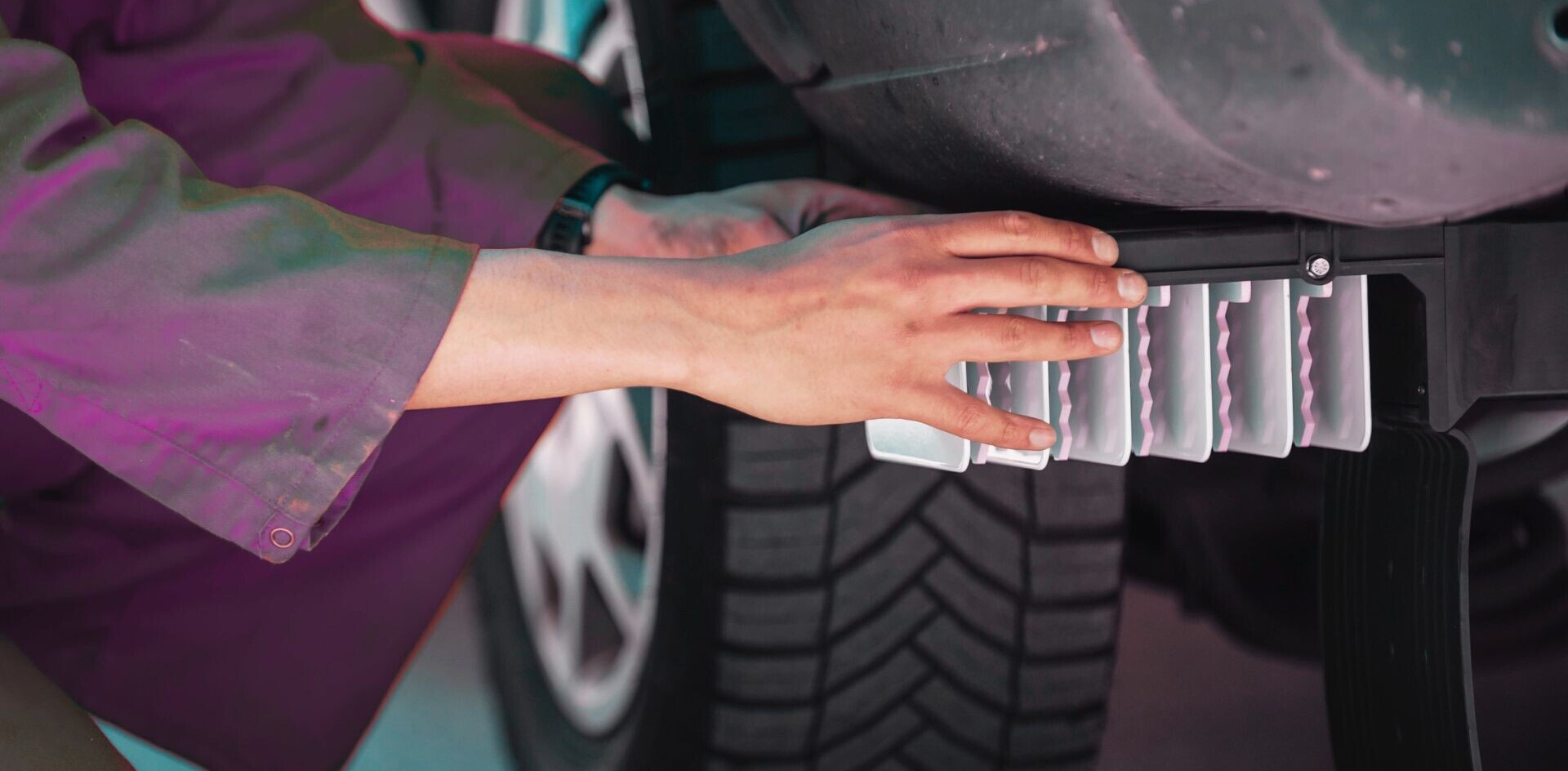
Earlier this month, hundreds of motorists were stuck in a winter storm on Interstate 95 in Virginia, U.S., some without food or water for more than 24 hours. As many vehicles reportedly ran out of gas and had to be towed, the now-popular question of how an electric vehicle would have fared in the same situation was raised.
An opinion piece in The Washington Post brought up valid concerns about how EVbatteries might be affected in a similar condition. It also mentioned an EV driver who expressed worries about his battery running out in the snow. He eventually got through the night with enough range left to make it out of the interstate.
So, what’s the truth? Are EV batteries built for more than just a summertime cruise? Do they have what it takes to brave the long, cold winter?
Here’s what happens to your EV battery in the winter
When temperatures drop below 20 degrees, EV batteries take the heat — no pun intended. In fact, research has shown that using the heater while driving an EV in the cold can temporarily cut down the range by almost 40%. Why does this happen?
Well, electric cars create their own heat. Traditional cars have internal combustion engines that generate lots of energy, and in the cold this energy is redirected from the engine as heat to warm up the car. EVs, on the other hand, have a much more efficient engine that doesn’t generate as much heat. So, when it gets super chilly, the available heat in the engine is redirected to warm up the EV battery itself, which means a power source will be needed to heat the car up.
What this also means is that the heater in the EV will draw power from the battery, reducing how much battery is left for driving.
There’s also the issue of chemical reactions in the EV’s lithium-ion battery, which slows down considerably during the winter. As the cold temperature acts as resistance against the chemical reaction, it takes a toll on the battery’s physical processes and reduces the range.
Let’s face it — no one wants to deal with car battery limits, no matter how cold or warm it gets. The battery may just be one out of many components on an EV, but it’s not a stretch to call it the soul of the car.
The good news is, there are a number of easy tips and tricks you can follow to keep your battery in the best condition through winter and beyond.
Don’t go too high or too low
One key workaround to keep your battery in good shape during the winter months is to make sure you always have at least a 20% charge before storing it for the night. Just like your phone’s battery, your EV battery will deplete over time (even if you’re not using it) and cold temperatures can accelerate the pace. If possible, try to park your car in a climate controlled environment. But, if you have to park your car outside in cold weather, make sure it has between 20%-80% charge.
With concerns about reduced range in the winter, you might want to keep your EV plugged in for as long as you can, just so your battery won’t run out while driving. But overcharging could potentially hamper your battery’s performance in the long run. Quick tip: charging the EV even as little as an hour before heading out can warm the battery up and prepare it to handle longer distances. Investing in a home charger can be a good call.
No need for speed
Excessive highway speed can also drain an EV battery — the faster you go, the more your battery power gets sucked up. In cold weather, driving slower and easing off the accelerator are two ways to increase battery range. Read more about how a technique called hypermiling can help you keep up your battery’s range.
Switching to eco-driving mode can also adapt your EV to consume as little energy as possible and have the battery going strong for a longer period of time. Some of the main features of eco-driving is that it creates a smooth and controlled acceleration, and manages the heat and air-conditioning in the car. This can increase your range by as much as 20%.
Go the extra mile
These tips can help you maintain good battery health, but you can take it further by getting your battery to room temperature before charging, whenever you can. Once your EV is plugged in, the vehicle does this automatically so you don’t have to break a sweat.
Another thing to keep in mind is that your car heater uses up a lot of energy, so you can alternatively consider preheating your car while it’s plugged in, or using seat warmers to save your battery.
Some car brands are coming up with innovative new ways to beat the winter chill. For example, in the Polestar 2 the company introduced a new heat pump that pulls and stores excess heat generated by the motor, battery, and ambient air. This heat can then be used to preheat your car before driving, without using up the battery — thereby extending the car’s range in winter months.
When it comes to smart charging tips, you can never go wrong with a Power Boost which optimizes at-home charging based on the amount of energy you consume. This helps ensure that your EV battery is powered up as fast as possible, without any impact on the energy capacity in your home. It’s also a great way to avoid large electricity bills and power outages.
Most importantly, investing in a high-quality car charger will ensure that your EV battery stays in great shape throughout winter. What makes an EV charger high-quality? It’s designed to help you maximize your car’s range in the cold weather, offers fast and safe charging in low temperatures, and is highly weather-resistant.
The good news is that range loss during the winter months is temporary and won’t hurt your EV battery in the long run, as long as you follow these battery care tips. As soon as the ice starts to melt and temperatures go up again, your EV range should be right back to the way it was before the winter.
Get the TNW newsletter
Get the most important tech news in your inbox each week.





